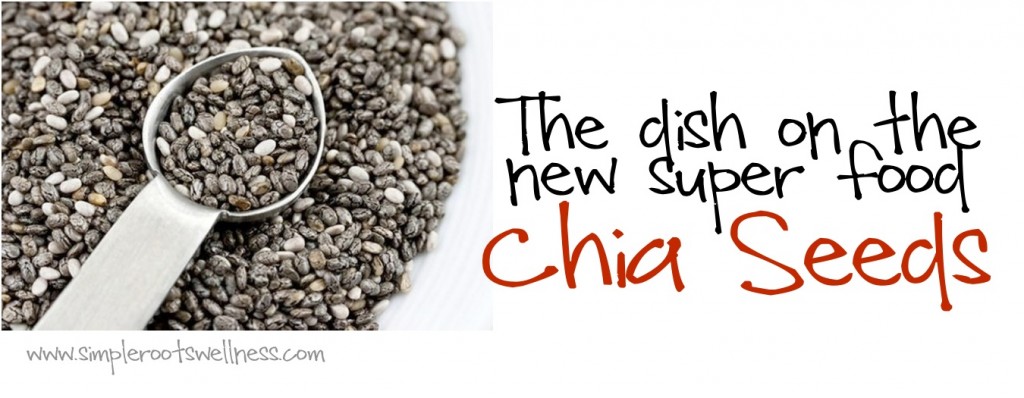
Chia seeds have been declared the “it” food of 2014 leaving behind kale of 2013. My first encounter with chia seeds was the infamous gag gift of the ch-ch-ch-chia pet. Now this may surprise you, but it wasn’t a gag gift to me. I thoroughly enjoyed the splendor of watching the chia pet grow and was always secretly excited to have drawn that lucky card. Embarrassing I know, but I couldn’t have been more than seven or eight at the oldest. Pure innocence and nothing more.
Since then, chia seeds have really come to light as more than just “pottery that grows.” Like I stated before, chia seeds have become the ‘in thing’ for health foodies everywhere. So what is all this hype about? Is it really a super food? I’m here to present the facts and maybe just a little opinion about this little black seed. Chia seeds are not just a recent trend, in fact they have been around for centuries. Many other cultures ate them as they helped with their energy and endurance giving them some credibility. The hydrophilic seeds are quite unique among other seeds. They can absorb up to ten times their weight in water.
To top that off they contain many nutrients valuable to our health. But this is also where it gets a little sticky and the research shows varying results. Chia seeds are high in plant omega-3, ALA, which, according to most evidence, we are not great at converting into the long chain omega-3’s that our bodies truly need, EPA and DHA. But then again research waivers here. Still they contain far more omega-3’s than omega-6’s helping to stabilize our ratio.
With an antioxidant potency three-times that of blueberries, chia is packed full of of manganese, phosphorus, calcium and protein to name a few. They also have enormous amounts of fiber which is a perk and a draw-back. A perk in that we need good amounts of fiber in our diet to help feed good bacteria as well as keep your digestive system in check. However, in people who already have a weak digestive system or are trying to heal inflammation in their digestive track you may find them to cause bloating.
However, unlike flax seed, chia seeds don’t have to be ground and they don’t go rancid the way flax does. You can use them whole or in the milled form depending upon the use. Some believe chia will soon replace flax due to this very concept. With all of this said, “easy” could be precisely what makes chia such a hit in health food circles as it can be made into pudding, or used as an egg substitute. They are quite the diversified little seed. You could sprinkle some on your yogurt, smoothie or in tea. The options are endless hence why you see so many chia seed products popping up on the market.
Now for my “opinion”. All in all chia seeds contain some great nutrients and can be valuable to your health. It would be a great addition to your diet however, I wouldn’t classify them as a miracle food or super food. In fact, as much as our nation seems to be searching for that one ‘super’ food to cure all, I don’t think it will ever happen. There is a reason we should be eating a variety of foods, to gain a variety of nutrients. Don’t be blind to the foods we have eaten for years that contain valuable nutrients and have been sold in our grocery stores since the beginning of them. Unfortunately, they aren’t quite as fancy or as easy to consume as the tasteless chia seed, ahem vegetables and grass-fed liver.
The bottom line is yes, they contain good amounts of nutrients and should be eaten in moderation (not excess) but don’t expect any miracles coming from the seeds. I do enjoy eating them for the texture that the gooey seeds become and how well they create texture and maintain moisture in a baked good. Just make sure you are buying a good brand that stocks a good variety. This is important in the nutrient content. If you are interested in buying these you can buy them in my store as whole chia seeds or ground chia seeds.
Happy ch-ch-ch-chia eating!
